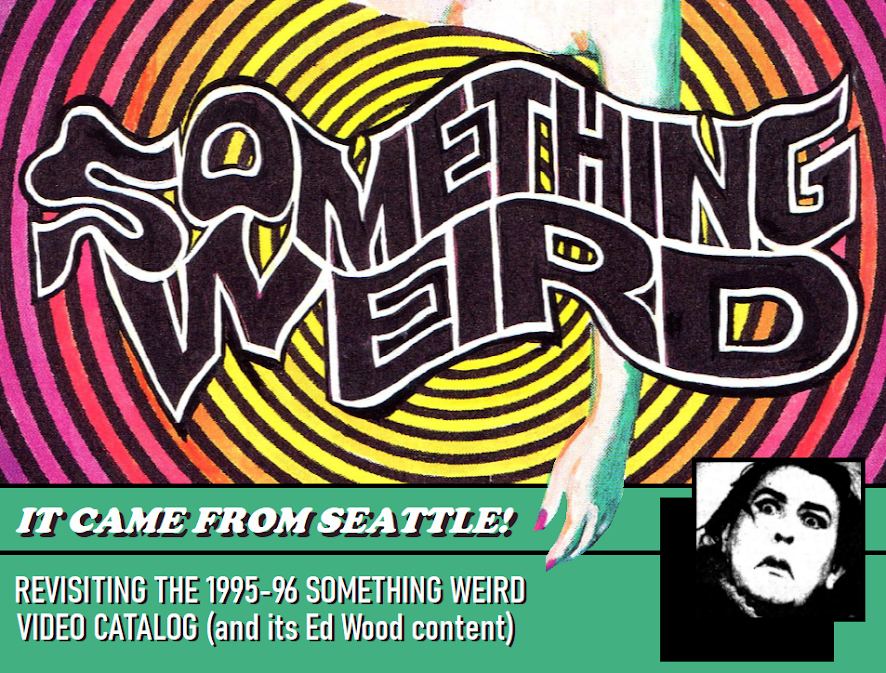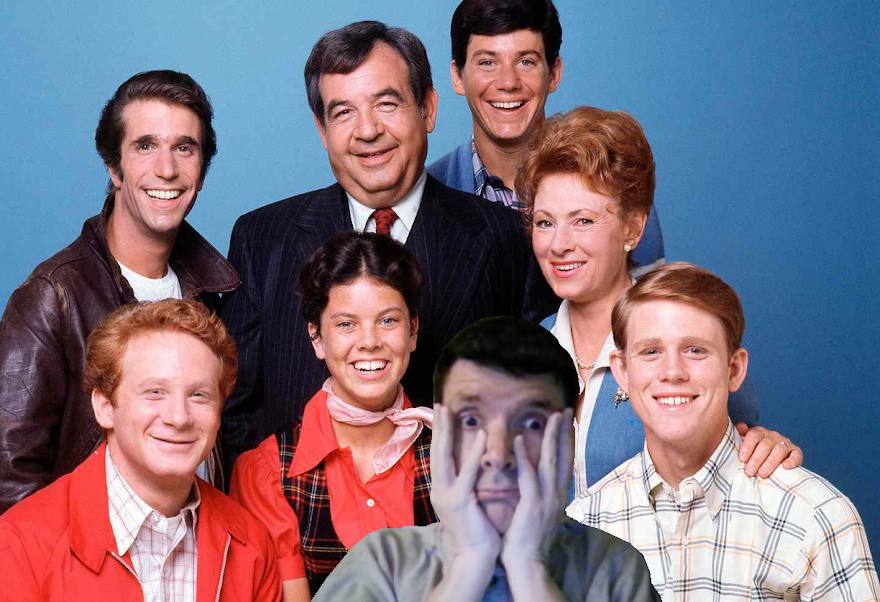 |
| Some lovely artwork by Carmen Cerra for Bride of the Monster. |
Much like Dracula, Mystery Science Theater 3000 will never die.
Sure, the long-running comedy series seems to be in limbo for now, with no new "official" episodes produced since December 2022. But the comedians and writers who worked on MST3K have launched similar series of their own and are still wisecracking their way through a wide variety of movies and shorts. In 2020, for example, MST3K veterans Trace Beaulieu and Frank Conniff launched a pay-per-view web series called The Mads Are Back. It started as a way for Trace and Frank to continue their touring act during the global pandemic, but they've kept the web series going to this very day, amassing four seasons and half a dozen specials so far.
You'd probably expect the films of Edward D. Wood, Jr. to be a part of any series like this, and, true to form, Beaulieu and Conniff have riffed both Glen or Glenda (1953) and Night of the Ghouls (1959) for The Mads Are Back. I was especially interested in screening those episodes because neither film had ever been covered on MST3K proper. On the other hand, I was aware of the fact that Beaulieu and Conniff had also riffed Ed Wood's Bride of the Monster (1955) in 2022. That movie had already been used on MST3K—way back in January 1993, during the show's fourth season on Comedy Central—so I was not as keen to see Bride of the Monster riffed on The Mads Are Back. I mean, what else is there to say about this film?






